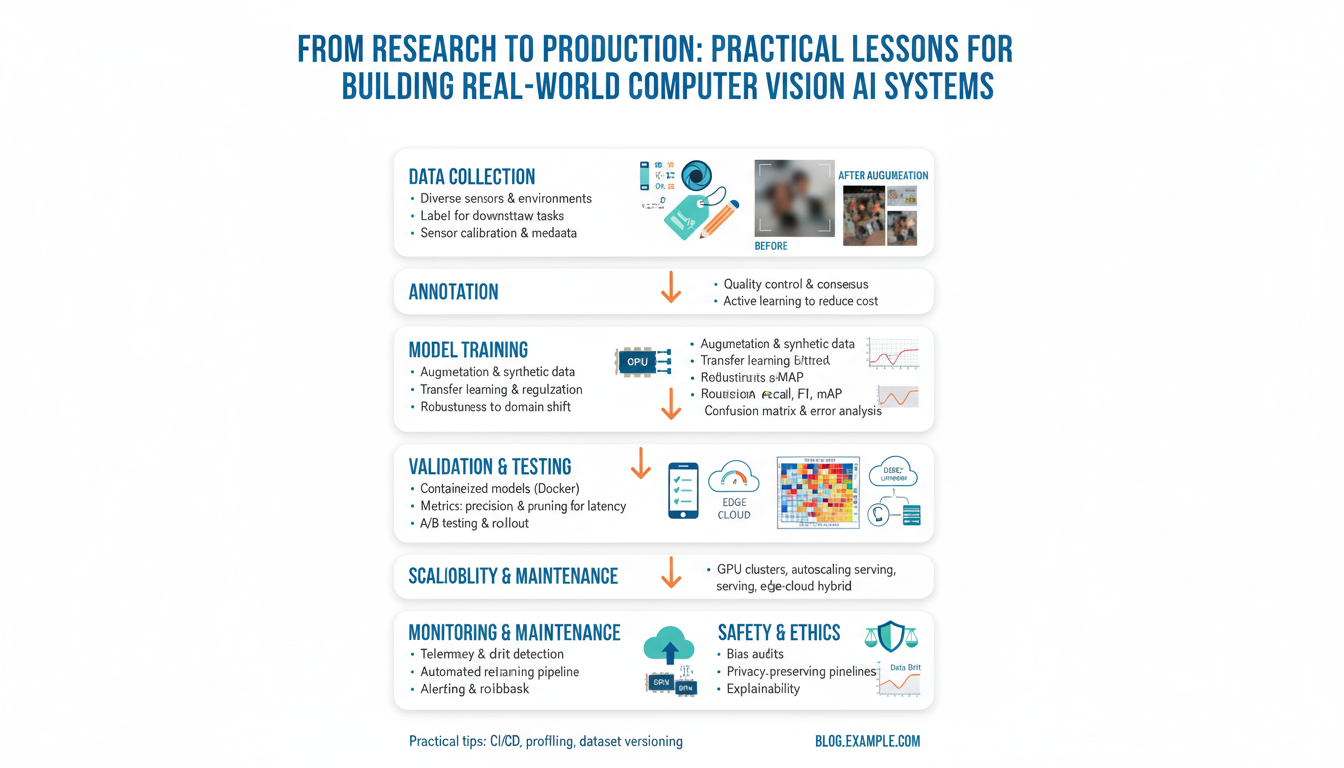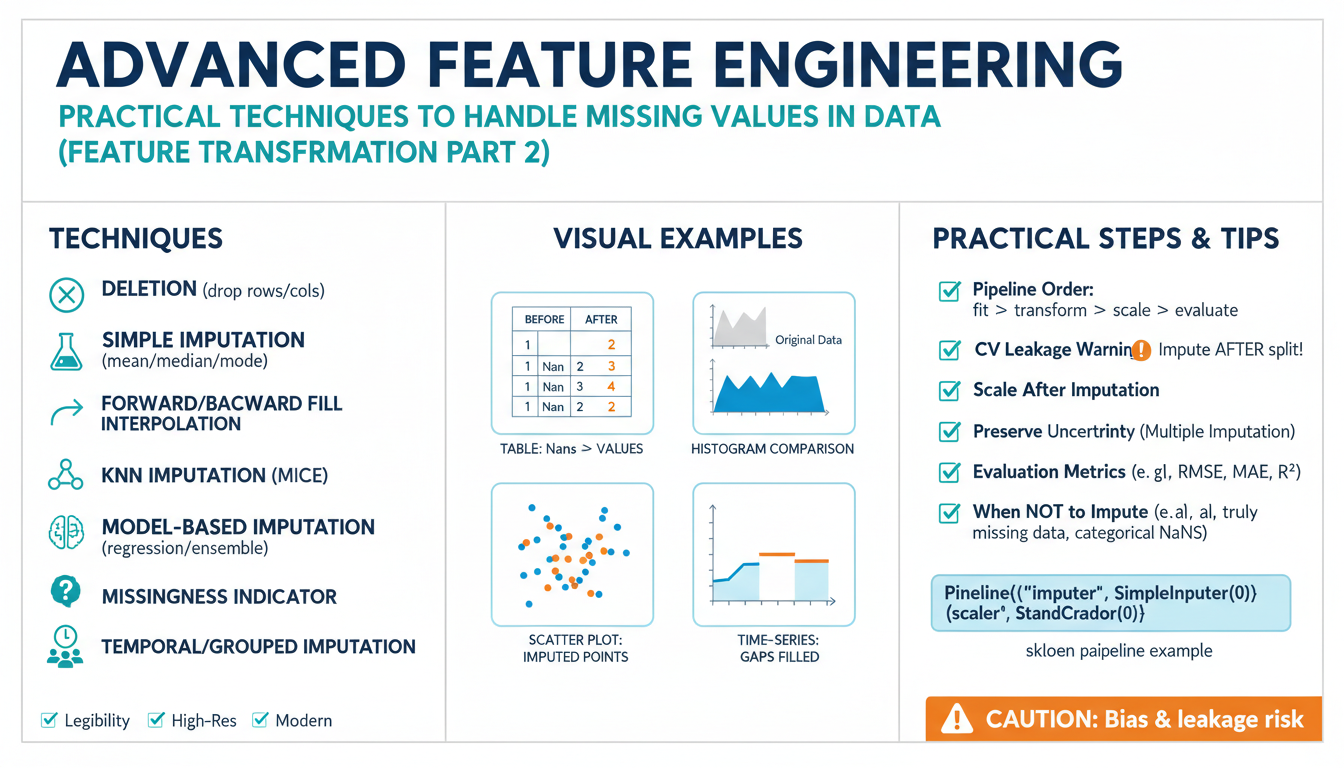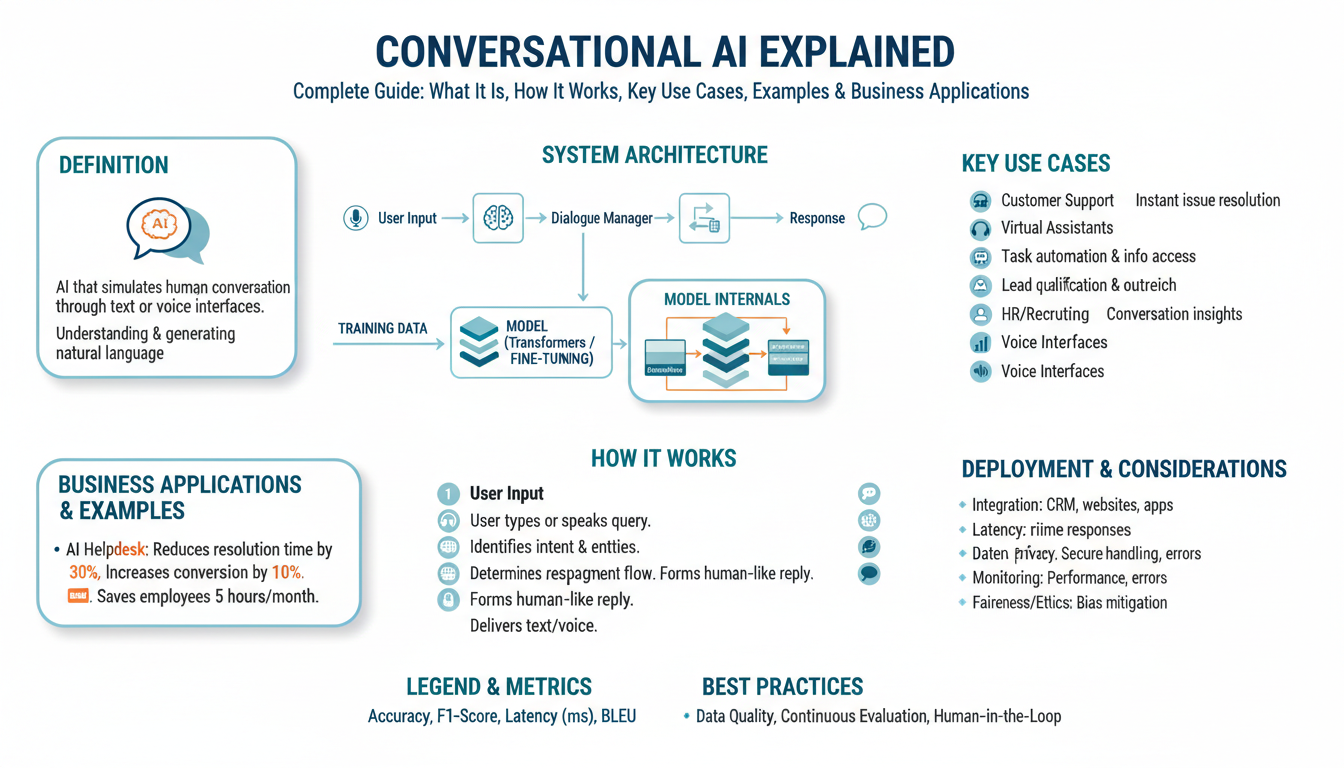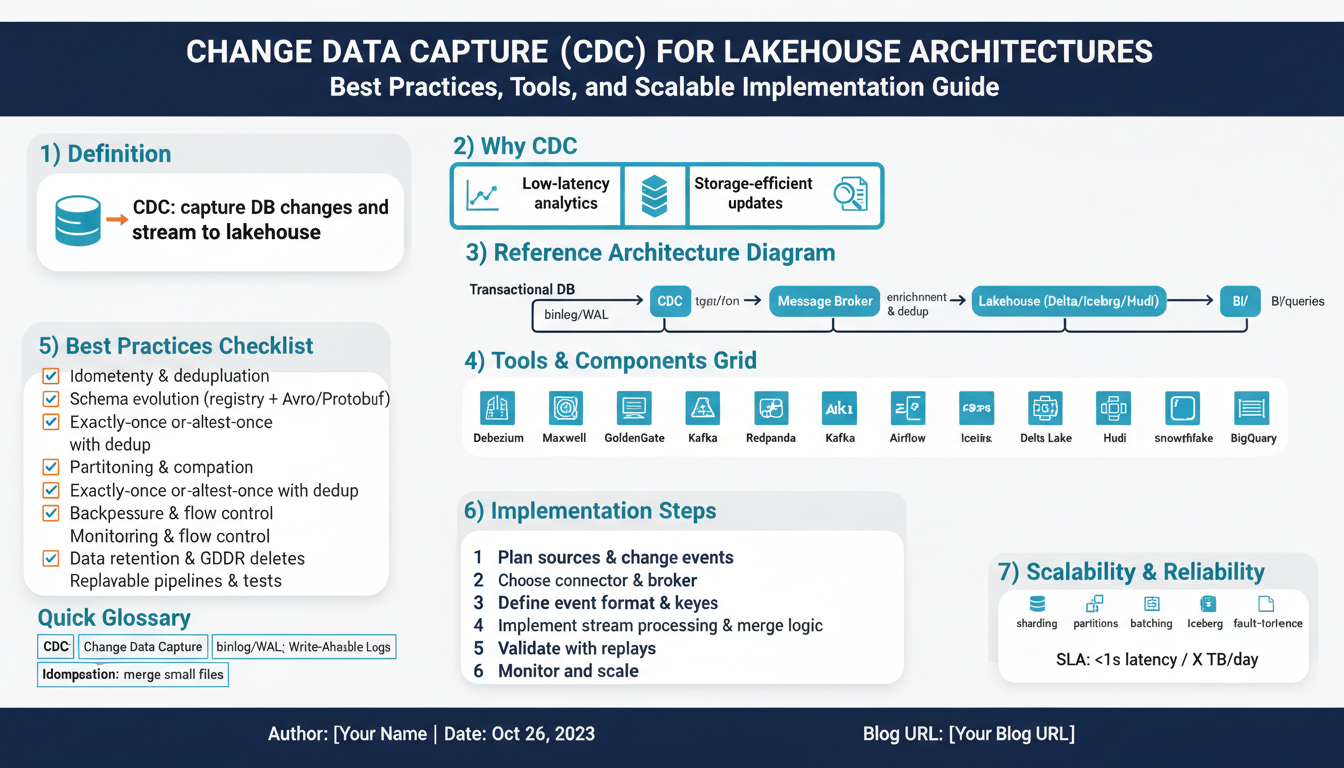Understanding the Difference Between Accuracy and Relevance
In data science and machine learning, achieving high accuracy on a test set can feel exhilarating — it’s often an early sign your model is working as expected. However, accuracy alone does not guarantee that your solution is actually delivering real value. The more nuanced and critical question is whether your model is solving the right problem. Here’s a closer look at how accuracy and relevance differ, why relevance matters, and how you can ensure your models align with real-world needs.
Accuracy is a metric that tells you how often your model’s predictions match the ground truth in your dataset. For example, if you’re building a spam filter and your model correctly identifies 98 out of 100 spam emails, your accuracy rate is 98%. This sounds impressive, but what if your definition of spam doesn’t match what users actually care about? Or maybe your test data doesn’t reflect real-world usage, so your model is ill-equipped to handle the kinds of emails your users see every day.
The concept of relevance focuses on whether your model’s output addresses the underlying business goal or user need. The distinction may sound subtle, but it’s crucial. For example, consider a medical diagnosis model. High accuracy in predicting a rare disease across a population doesn’t mean the model is useful—if the disease is rare, a model that always predicts “no disease” could still be accurate 99% of the time, yet completely fail the people who actually have the disease. This is known as the class imbalance problem and it underscores the difference between accuracy and relevance.
To ensure your model is both accurate and relevant, consider these steps:
- Define the True Objective: Engage with stakeholders to clarify what problem you’re actually solving. For example, is your goal to minimize false negatives in disease detection, or to increase sales conversions from website visitors? The definition of success will shape every aspect of your model’s design. Learn more about setting effective objectives in machine learning from this practical guide by O’Reilly.
- Choose the Right Metrics: Beyond accuracy, consider metrics that better reflect relevance, such as precision, recall, F1 score, or business-specific KPIs. For instance, in a fraud detection system, you might prioritize recall to catch as many fraudulent cases as possible, even if it means some false positives.
- Validate with Real-World Data: Always test your model on data that closely matches the environment in which it will be used. This helps ensure that good performance in the lab translates to meaningful benefits in practice. Stanford’s AI Lab explores challenges in real-world AI robustness and emphasizes the importance of relevant evaluation.
- User Feedback and Iteration: Deploy your model in stages, gather user feedback, and be ready to pivot if you discover you’re not addressing the core need. Even a highly accurate model can fail if users feel it’s not solving their actual problem.
Ultimately, the difference between accuracy and relevance is the difference between building a model that works in theory, and building one that delivers real-world impact. By focusing on both, you ensure your efforts don’t just solve problems — they solve the right ones.
How Misaligned Objectives Lead to Perfectly Useless Models
When building machine learning models, it’s tempting to obsess over metrics like accuracy, precision, or loss. However, even the most technically sophisticated model can be rendered worthless—or even harmful—if it’s aiming for the wrong objectives. This phenomenon is common in real-world AI projects, where the alignment between business goals and model metrics is often overlooked.
Understanding Objective Alignment in Machine Learning
Objective alignment means that the metric used to train and evaluate your model directly reflects the true goals of the project or business. A misaligned objective occurs when a model solves a technically challenging problem perfectly—but not the problem you actually needed solved. This can lead to wasted resources, missed opportunities, or negative business impacts.
Real-World Examples of Misalignment
Consider a hospital that develops a model to predict which patients are at risk of re-admittance. The model achieves high accuracy, but it turns out the data used focused only on patients who had insurance. As a result, the predictive power is great—but only for a subset of patients, leaving others underserved. Harvard Business Review highlights several cases where algorithms failed due to poor objective alignment, illustrating the real-world consequences of misaligned models.
Warning Signs of Misaligned Objectives
- The model performs well on benchmarks, but business KPIs don’t improve: High accuracy or F1 score means little if the problem it solves doesn’t impact the core concern of stakeholders.
- Key stakeholders can’t define what success looks like: If business leaders can’t articulate the desired outcome, data scientists will default to optimizing for what’s measurable, not what’s meaningful.
- Feedback loops contradict desired outcomes: For instance, if a model recommends more loans to already wealthy customers because they have fewer defaults, it may maximize accuracy while worsening inequality. The MIT Technology Review documented a case where AI systems inadvertently reinforced systemic bias by optimizing the wrong criteria.
How to Ensure Objective Alignment
- Start with the business question, not the data: Collaborate with stakeholders to understand the true need. For example, is the goal to increase sales, improve retention, or reduce risk? Find the metric that best represents this goal.
- Define and communicate success metrics clearly: Use metrics that are actionable and aligned with real-world impact, not just technical benchmarks. For instance, aim for “increase customer lifetime value” instead of just “reduce churn by 10%.”
- Perform regular audits and validations: Regularly review whether the model’s predictions are leading to the desired business outcomes. The University of Washington’s Data Science department outlines model validation best practices that can help catch misalignment early.
- Iterate with feedback from diverse teams: Since bias and unforeseen challenges often arise from narrow perspectives, including voices from product, marketing, customer service, and end users can help ensure your metrics match reality.
Transforming Useless Perfection into Useful Solutions
In the end, a model’s value is not just in how perfectly it predicts—but in how relevant its predictions are to the real-world problems you care about. By regularly assessing and realigning objectives, teams can ensure their efforts move the business forward, preventing the costly mistake of building a perfect solution to the wrong problem. For more on aligning AI projects with business outcomes, check out this in-depth guide from McKinsey & Company.
Real-Life Examples of Solving the Wrong Problem
One of the most intriguing aspects of data science and machine learning is how often brilliant models turn out to be solutions in search of the right problem. In practice, it’s surprisingly common to optimize for what’s easy to measure, rather than what truly matters. Let’s take a look at real-life examples where teams solved the wrong problem—sometimes spectacularly so—despite building impressive models.
1. The Netflix Recommendation Algorithm Contest
In 2006, Netflix launched the Netflix Prize, offering $1 million to anyone who could improve its recommendation algorithm’s accuracy by 10%. After years of research, the winning team achieved the milestone by focusing on optimizing RMSE (root mean squared error) on a historical ratings dataset. However, when it came time to deploy the new algorithm, Netflix realized that improvements in RMSE didn’t necessarily translate into a better user experience. The problem? The test scenario didn’t perfectly match the nuances of real-time streaming recommendations. Rather than simply focusing on ratings, clever combinations of show discovery, binge-watching habits, and intent mattered more—but these weren’t adequately captured by the dataset. Netflix eventually opted not to implement the million-dollar model, reminding us that optimizing the wrong metric can lead to wasted effort, regardless of the model’s accuracy.
2. Predictive Policing: Great Models, Wrong Solutions
Predictive policing tools have gained traction, with many law enforcement agencies turning to machine learning for crime forecasting. While these algorithms can accurately predict where crimes have occurred in the past, they often fail to consider underlying social and systemic factors. For instance, studies by Brookings and other organizations have shown that such models often end up perpetuating biases by focusing resources on neighborhoods that are already heavily policed. The unintended outcome is a feedback loop: the model’s “accuracy” is reinforced because additional patrols lead to more reported crimes in those areas, rather than addressing root causes or distributing resources equitably. This example highlights the importance of questioning whether you are solving for the most meaningful problem, or just reinforcing existing structures.
3. Chatbots Answering Questions but Missing the Point
Many companies have implemented AI chatbots to boost customer service efficiency. Often the models powering these bots are incredibly accurate at answering specific, well-structured queries—yet customers frequently leave interactions frustrated. Why? Because the core problem isn’t just about providing answers, but about understanding customer intent and handling ambiguous, nuanced situations. Harvard Business Review has explored how optimizing for fast responses can come at the cost of customer satisfaction when empathy and complex issue resolution aren’t part of the model’s optimization goals. The lesson: solving the “easy to automate” part of service doesn’t necessarily solve the real problem the customer faces.
Steps to Avoid Solving the Wrong Problem
- Start with a Clear Understanding: Engage domain experts and stakeholders to define the actual business problem, not just what can easily be measured.
- Validate with Real Users: Test solutions in realistic contexts, gathering feedback to ensure alignment with end-user needs.
- Iterate Based on Outcomes: Track real-world impact, not just model accuracy, and be prepared to pivot if your solution isn’t addressing the true problem.
Ultimately, even the most sophisticated model is only as valuable as its relevance to the right problem. These examples remind us to continually revisit our assumptions and measure success by real-world outcomes, not just model metrics.
Diagnosing the Root Cause of Misdirected Solutions
Identifying why a high-performing model produced unsatisfactory results almost always starts with a deep dive into problem formulation. It’s surprisingly common for machine learning projects to rocket ahead, only to later discover that the model optimized for something irrelevant or tangential. Diagnosing this root cause requires methodical analysis and the right tools.
Go Back to the Business Objective
The first step is revisiting the original business goal. Was the problem framed correctly from the outset? For instance, were you tasked to “increase customer engagement” but ended up measuring clicks instead of actual conversions or retention? Misalignment between technical metrics and business objectives is a frequent culprit (Harvard Business Review).
- Re-read the project brief and stakeholder communications.
- Ask end users and stakeholders how they actually define success.
- Map the model output directly to the desired impact. If this isn’t clear, the solution may be solving the wrong problem entirely.
Audit the Data Selection Process
The data used to train your model shapes the problem it actually solves. Check whether:
- The training data accurately represents the real-world use case (Towards Data Science).
- Important features or key segments were ignored, leading the model to optimize for a subset of the population.
- Target labels reflect the true success metric versus a proxy (e.g., “clicks” when “sales” would be more meaningful).
Examining the data pipeline can highlight if you inadvertently directed your model on a tangent.
Trace the Evaluation Metrics
Are your validation and test metrics capturing the right outcome? Many teams default to standard metrics (accuracy, precision, recall) without questioning if they’re truly aligned. For example, a fraud detection model obsessively focused on precision might miss catching enough fraudsters to make business sense. Read more about selecting proper evaluation metrics (Carnegie Mellon University).
- List every evaluation metric, and link each back to the business goal.
- If there’s a disconnect, iterate: would optimizing a different metric (e.g., F1 score, cost reduction, lifetime value) better guide model improvement?
Conduct Error Analysis with Stakeholders
Not all errors are equally important. Convene a review with product experts, end users, and subject-matter authorities:
- Present outputs from both successful and failed cases for qualitative feedback.
- Probe which types of mistakes are critical and which are tolerable.
- Embed that feedback back into how you frame and measure the problem going forward.
This step closes the loop between model behavior and real-world outcomes, ensuring technical solutions stay relevant.
Iterate the Problem Statement
Finally, crystalize your learnings into a revised problem statement. Document explicitly:
- What the original goal was, and how/why it drifted.
- What the new, validated target is.
- How you will measure success moving forward.
By systematically re-examining each stage—objective setting, data curation, metric selection, and stakeholder feedback—you can root out why your model went off track. This thorough approach positions you to build solutions that solve not only a problem, but the right one. For further reading, see this overview of problem framing in machine learning (Google Developers).
Preventing Mistakes During the Model Design Phase
One of the most common pitfalls in machine learning and AI projects is pouring hours into building a model that performs brilliantly—just not on the question that truly matters. To avoid this, it’s crucial to implement strategies during the model design phase that prevent misalignment with your real-world objectives.
1. Thoroughly Define the Problem Upfront
Before any data is crunched or model is selected, take the time to work with stakeholders to clearly articulate the actual business problem. This means asking probing questions: What are we trying to achieve? Who will use the model? What decision will it inform? The process-driven methodology known as CRISP-DM (Cross-Industry Standard Process for Data Mining) emphasizes the importance of business understanding as its first step for a reason. Aligning on objectives ensures everyone interprets “model success” the same way.
2. Collaborate Early and Often
Too often, data scientists work in isolation, only to discover later that their solution doesn’t quite fit client needs. Instead, maintain frequent check-ins with business users, subject matter experts, and project managers throughout the design phase. Use tools like requirement gathering sessions and workflow diagrams to visually map out the desired outcome and how it will interface with the model’s predictions. Harvard Business Review highlights that collaboration is key to solving the right problems, especially in complex domains.
3. Specify Evaluation Metrics That Match Business Goals
It’s easy to default to standard metrics like accuracy or AUC, but these may not capture the full story. For example, in fraud detection, a low false negative rate is far more important than pure accuracy. Collaboratively select and prioritize metrics that directly reflect the desired impact. The Oracle Data Science Blog has an excellent guide on choosing the right evaluation metrics for machine learning problems.
4. Prototype Early Using Simulated Data or Mockups
Testing ideas with simple prototypes, data mocks, or wireframes helps uncover hidden mismatches before investing in full-blown development. For instance, a quick dashboard showing how end users would interact with model predictions can clarify any misalignments in interpretation or workflow. Iterative prototyping, as discussed by IDEO, minimizes the risk of building the wrong solution.
5. Document Assumptions and Validate Them
Every model rests on certain assumptions: about data availability, user behavior, or operational constraints. Clearly documenting and sharing these assumptions is crucial. Set up validation checkpoints throughout the design phase to test if assumptions hold, using data exploration or small-scale user tests. This habit, as reinforced by academic research from the Journal of Machine Learning Research, fosters adaptability and ensures your model remains relevant to the real-world problem.
By embracing these practices, you’ll reduce the risk of developing technically sound models that ultimately miss their mark. Remember, solving the right problem starts long before you write your first line of code.
The Importance of Stakeholder Communication in Data Science
In the rapidly evolving field of data science, technical excellence alone is rarely enough. One of the most overlooked, yet crucial, ingredients for project success is clear and continual communication with stakeholders. It’s not uncommon for data professionals to craft technically brilliant models that, despite their accuracy and sophistication, fail to address the right business problem. This disconnect rarely arises from a lack of skill, but rather from a communication gap between those building the models and those who define the objectives and use cases.
Understanding Stakeholder Needs: Moving Beyond the Technical Tunnel Vision
A frequent pitfall for data scientists is diving headfirst into data and algorithms without thoroughly understanding the business problem from a stakeholder’s perspective. Stakeholders, who may be business leaders, marketers, or domain experts, possess vital insights about what matters most for the organization. Regular check-ins, discovery sessions, and interviews are essential steps in the initial phases of a project.
- Host Requirement Workshops: Set up workshops early in the project to collaboratively define what success looks like. Tools like requirement elicitation can ensure all voices are heard.
- Ask the Right Questions: Go beyond “what data do we have?” and dig into “What is the business trying to achieve?” and “What would a win look like for you?”.
- Document Everything: Maintain a living document of stakeholder objectives, requirements, and pain points, updating it as new information arises.
Prioritizing Business Impact Over Model Performance
An impeccably optimized model is futile if it fails to deliver business value. Data scientists should ensure their objectives are tightly aligned with stakeholder priorities. For instance, a model predicting customer churn with 99% accuracy is impressive, but if the business actually needs to predict upsell opportunities, that accuracy becomes irrelevant.
- Use KPI-Driven Development: Tie your modeling goals directly to key performance indicators (KPIs) that matter to stakeholders. For example, focus on reducing customer attrition rate or increasing revenue per user.
- Present Business-First Metrics: Rather than technical metrics (precision, recall), highlight how your model will influence bottom-line results or save costs.
- Share Iterative Results and Solicit Feedback: Regular demonstrations using business-focused dashboards can ensure your project stays aligned and stakeholders stay engaged throughout the cycle.
Building Trust Through Transparent Communication
Miscommunication or a lack of updates can erode confidence in your work. Consistent and transparent communication builds trust, reduces misunderstandings, and invites feedback.
- Set Clear Expectations: Use tools like project roadmaps, timelines, and milestones to communicate what you’re working on and when results can be expected.
- Demystify the Model: Use visualizations, simple analogies, or tools like interpretable machine learning techniques to explain how your model works and why it predicts what it does.
- Encourage Two-Way Dialogue: Establish regular meetings or feedback loops where stakeholders can share evolving business needs and data scientists can explain new findings or limitations.
Case Study: When Communication Saved the Project
Consider a retail company aiming to improve their inventory management. Initially, the data science team focused on optimizing stock levels based on historical sales. After several iterations, a check-in with store managers revealed a critical pain point: supply chain delays, not just sales forecasts, were the biggest challenge. By pivoting their focus, the team incorporated supply chain data, leading to a new solution that addressed root business needs—not just the data challenge as first defined. This example underscores how stakeholder communication can transform a technically correct but practically useless model into one that drives meaningful business outcomes. For further reading on real-world case studies, KDnuggets provides industry examples highlighting the role of communication in project success.
Ultimately, the key to relevant, high-impact data science lies not just in code and models, but in open, ongoing collaboration with stakeholders. Make communication your superpower, not an afterthought.



